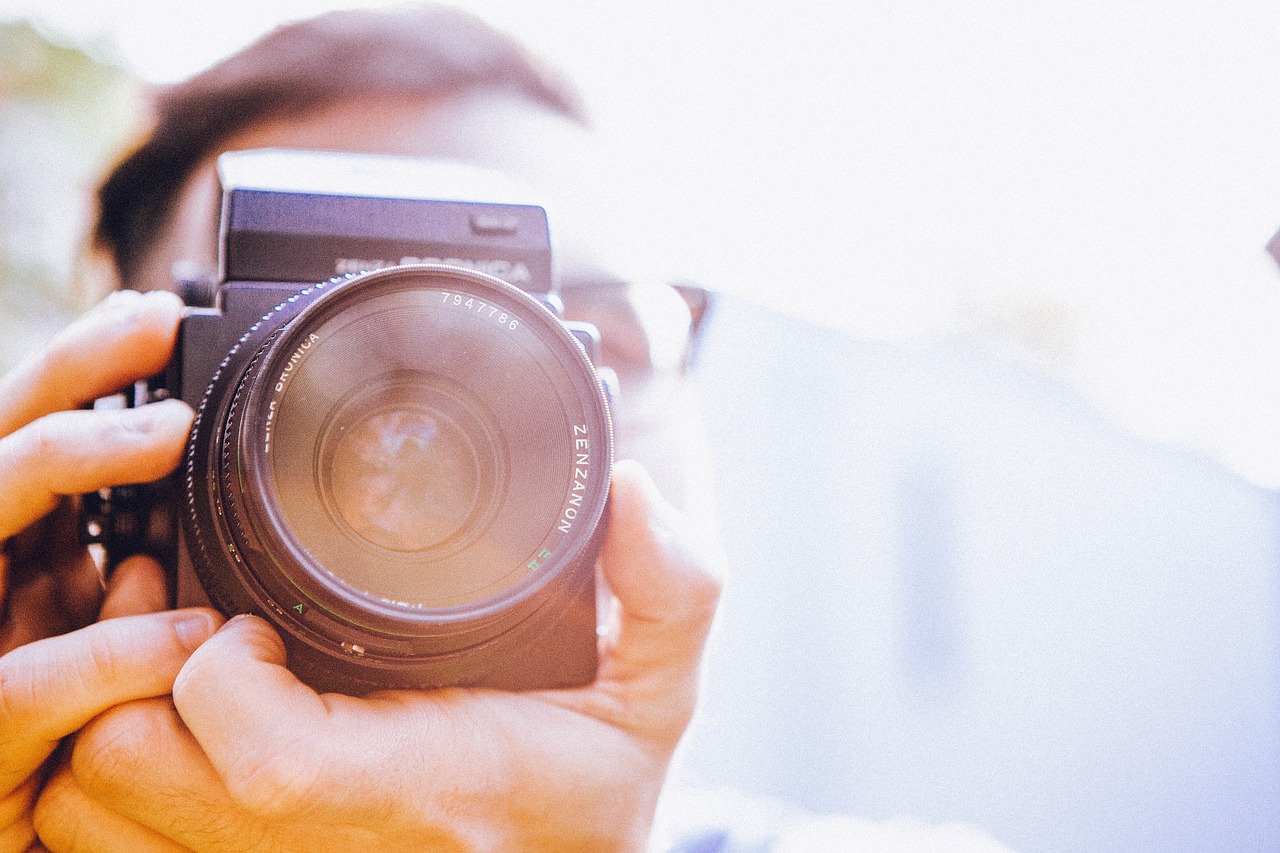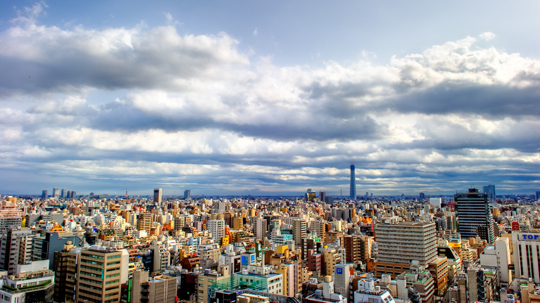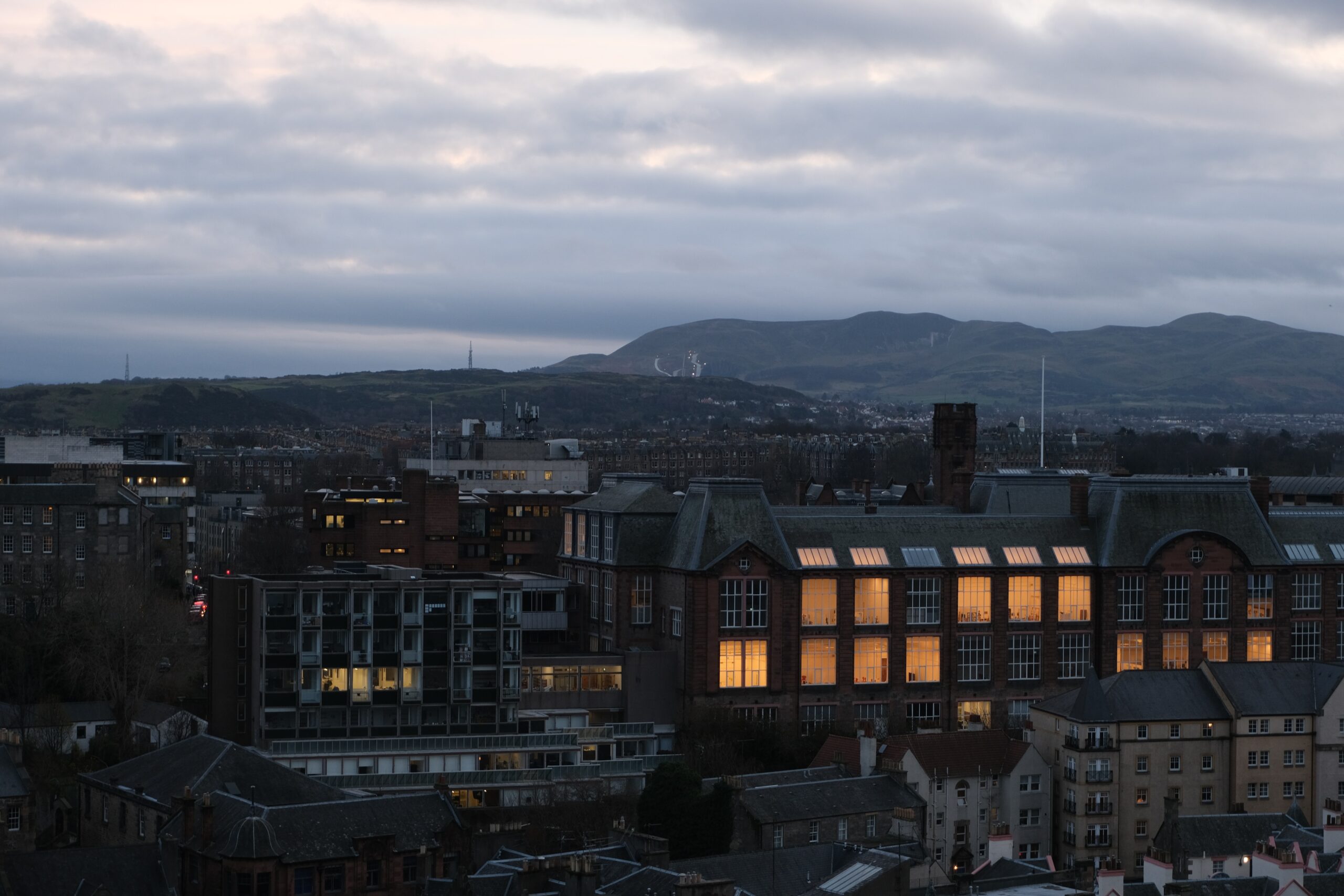Best camera for Architecture Photography
When it comes to architectural photography, having the right camera can make a world of difference. The intricate details, dynamic angles, and varying lighting conditions of architectural subjects require a camera that can deliver exceptional image quality and versatility. In this comprehensive guide, we’ll explore the top cameras that are ideal for capturing stunning architectural shots.
Read more: Definitive Architectural Photography Guide for 2023
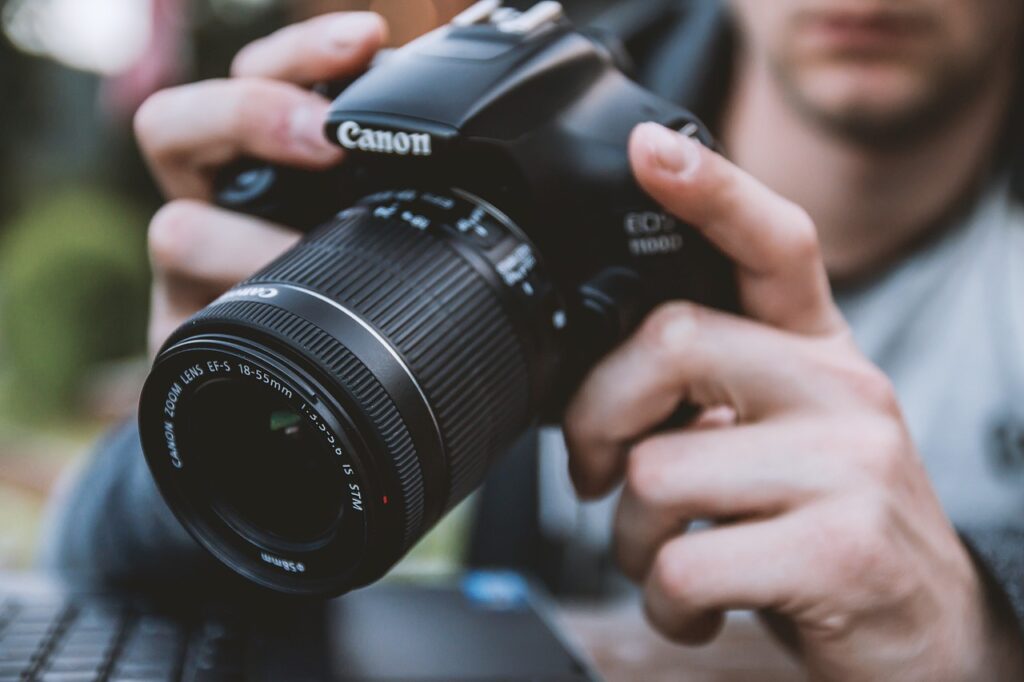
Key Features to Look for in the Best Camera for Architecture Photography
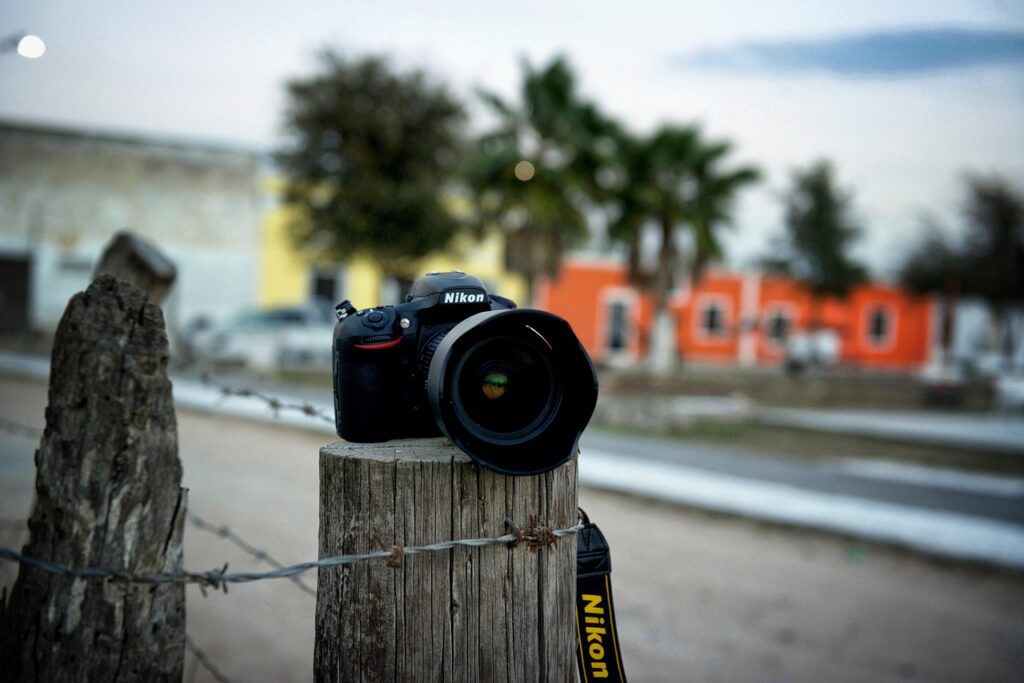
Before we dive into the best camera for architecture photography, let’s take a closer look at the key features you should consider when selecting the perfect camera for architecture photography.
- Resolution and Sensor Size: The best camera for architecture photography with a high megapixel count allows you to capture intricate details and produce large, high-quality prints. Additionally, a larger sensor size can improve image quality and provide better low-light performance.
- Wide-Angle Lens Compatibility: Architecture often involves capturing expansive buildings and structures. Look for a camera that supports wide-angle lenses, which are essential for fitting entire buildings into the frame and correcting perspective distortion.
- Dynamic Range: Architectural photography frequently involves dealing with challenging lighting situations, such as bright skies and dark interiors. Cameras with a wide dynamic range can capture details in both shadowed and well-lit areas, ensuring your photos retain all the necessary information.
- Tilt-Shift Capability: Some cameras come with tilt-shift lenses or built-in tilt-shift functionality. This feature is invaluable for correcting perspective distortion and keeping lines straight, especially when shooting tall buildings.
- Weather Resistance: If you plan to photograph architecture in various weather conditions, consider a camera with weather-sealing. This will protect your camera from dust and moisture, allowing you to shoot in challenging environments without worry.
- Low-Light Performance: Architecture often looks stunning at night when buildings are illuminated. The best camera for architecture photography with excellent low-light performance and noise reduction capabilities can help you capture these captivating scenes with clarity and precision.
- Image Stabilization: Whether you’re shooting handheld or using a tripod, image stabilization can help prevent blurry images. Look for cameras with in-body or lens-based stabilization systems.
- Customization Options: Architectural photography often requires precise settings and adjustments. Cameras with customizable buttons and intuitive menus make it easier to fine-tune your shots.
Now that you know what to look for in best camera for architecture photography, let’s explore some of the top options on the market in our next section.
Top Camera Brands for Architectural Photography
Explore cameras from renowned brands known for their excellence in architectural photography.
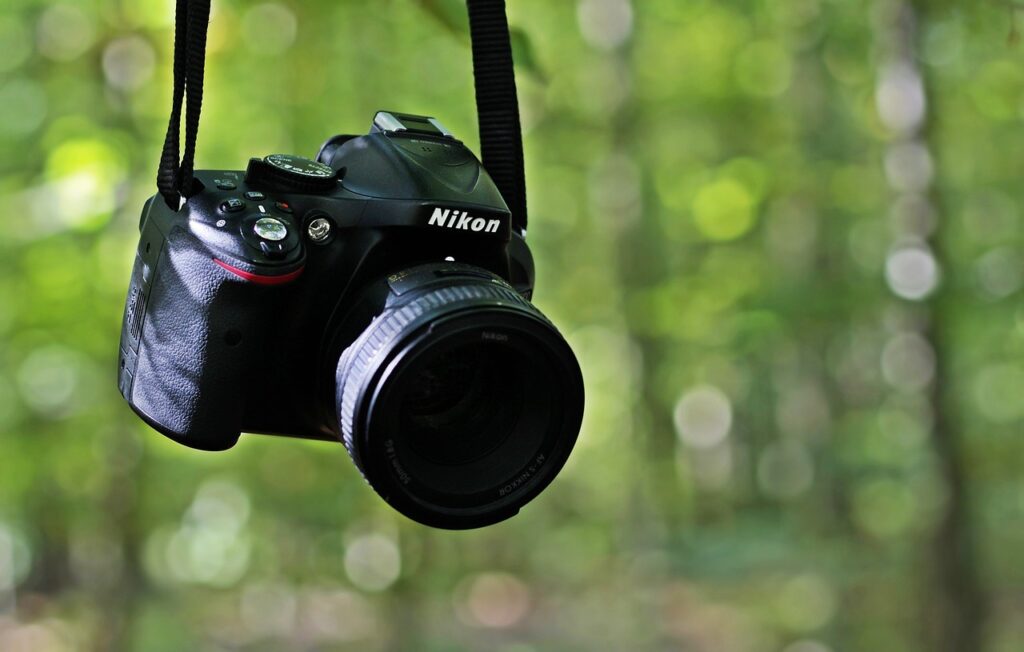
DSLR vs. Mirrorless: Which Is Better seems for Architectural Photography?
Delve into the debate between DSLR and mirrorless cameras and discover which one suits your architectural photography needs.
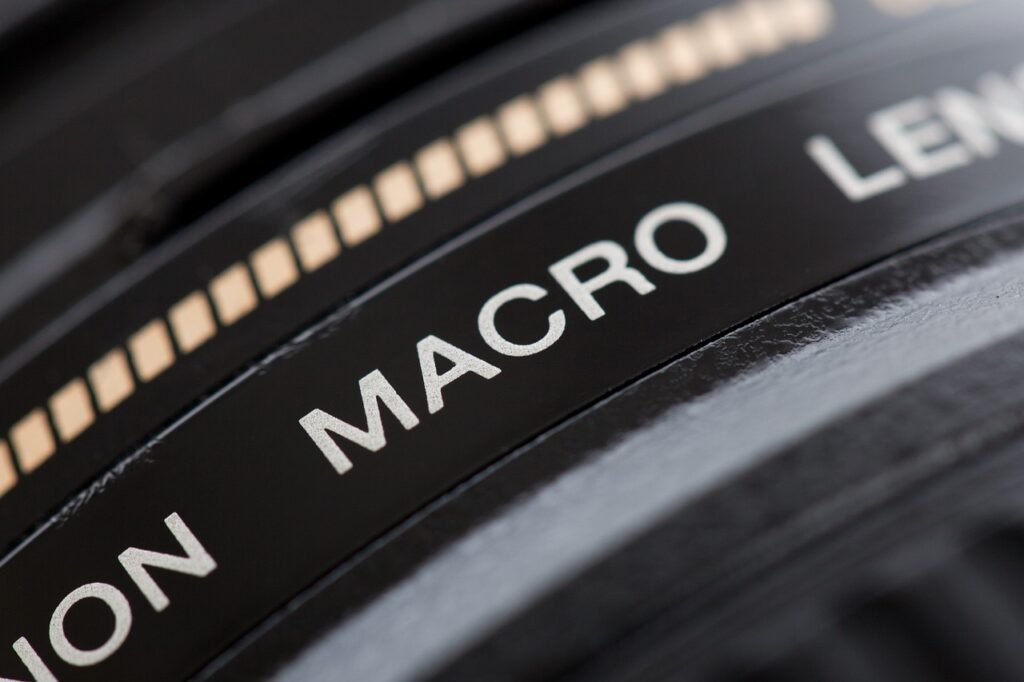
Best Full-Frame Cameras for Architectural Photography
Discover the advantages of full-frame cameras and explore the top models tailored for architectural shooters.
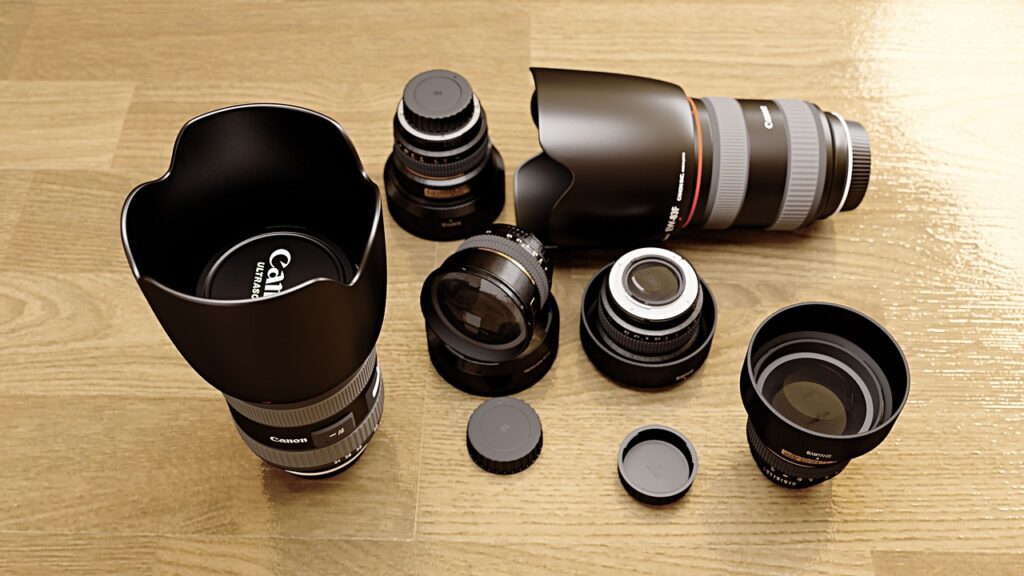
-
Nikon Z7 II

The Nikon Z7 II is a mirrorless camera that boasts a powerful 45.7-megapixel sensor. Its exceptional resolution and dynamic range make it an ideal choice for architectural photographers. The Z7 II’s in-body image stabilization and superb low-light performance ensure sharp, high-quality images even in challenging lighting conditions. Its usability and compatibility with a range of Nikon lenses make it a top choice for architectural photography.
-
Canon EOS 5D Mark IV
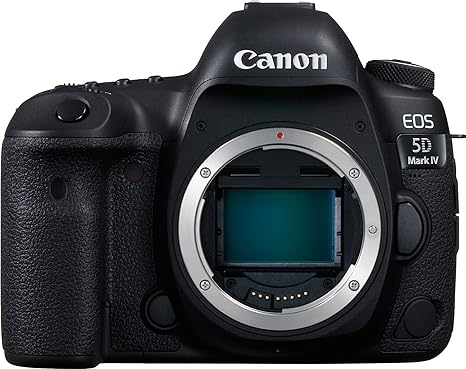
The Canon EOS 5D Mark IV is a full-frame DSLR that has been a favorite among architectural photographers for years. With its 30.4-megapixel sensor, it provides excellent image quality and dynamic range. The camera’s dual pixel autofocus and high-resolution LCD screen make it a versatile tool for composing and capturing architectural shots with precision.
-
Sony Alpha a7R IV
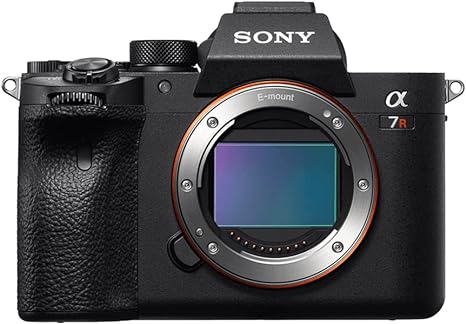
Sony’s Alpha a7R IV is a mirrorless camera renowned for its stunning 61-megapixel resolution, making it one of the highest in the industry. It excels in capturing fine architectural details and offers a wide dynamic range. With its compact and lightweight design, the a7R IV is suitable for photographers who prefer portability without compromising image quality.
-
Fujifilm GFX 100S
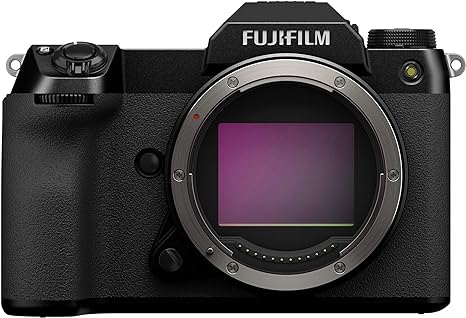
The Fujifilm GFX 100S is a medium-format mirrorless camera, offering an impressive 102-megapixel sensor. This camera is an architectural photographer’s dream, providing exceptional image resolution, detail, and color accuracy. The medium format sensor allows for immense flexibility in post-processing, ensuring you can bring out the finest architectural nuances in your shots.
-
Panasonic Lumix S1R

The Panasonic Lumix S1R is a mirrorless full-frame camera that packs a punch with its 47.3-megapixel sensor. Known for its high-quality image stabilization and rich color rendering, the S1R excels in capturing architectural scenes with superb clarity. It’s also weather-sealed, making it a reliable choice for outdoor architectural photography.
-
Hasselblad X1D II 50C
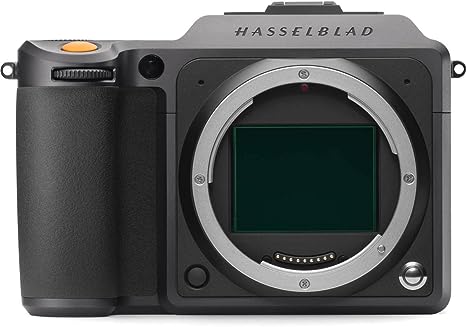
Hasselblad is synonymous with medium format excellence, and the X1D II 50C upholds that reputation. With a 50-megapixel sensor, it offers stunning image quality, color accuracy, and a dynamic range that can make architectural shots truly outstanding. The X1D II 50C’s sleek design and ergonomic handling make it an appealing choice for professionals.
Conclusion
In the world of architectural photography, the camera you choose plays a pivotal role in shaping the quality and impact of your work. As we conclude our exploration the best camera for architecture photography, it’s evident that there are numerous exceptional options available, each catering to different preferences and requirements.
Selecting the best camera for architecture photography for your architectural endeavors should be a thoughtful process, considering factors such as resolution, sensor size, lens compatibility, dynamic range, weather resistance, and low-light performance. The decision between DSLR and mirrorless cameras also demands consideration, with both offering unique advantages to suit various shooting styles.
Specialized features like perspective control and grid overlays can be invaluable tools in achieving precise compositions, while budget-friendly options provide opportunities for budding photographers to enter the world of architectural photography without breaking the bank.
Beyond the camera itself, remember that accessories and post-processing play a significant role in refining your architectural images. Tripods, wide-angle lenses, and filters are indispensable companions for architectural photographers, aiding in stability, perspective correction, and creative effects. Embracing the editing process with the right software can further enhance your architectural masterpieces.
In your journey to becoming a proficient architectural photographer, always keep in mind that your camera is a tool to help you express your vision. The true magic lies in your creative eye, your understanding of light, your composition skills, and your dedication to capturing the essence of the structures you encounter.

